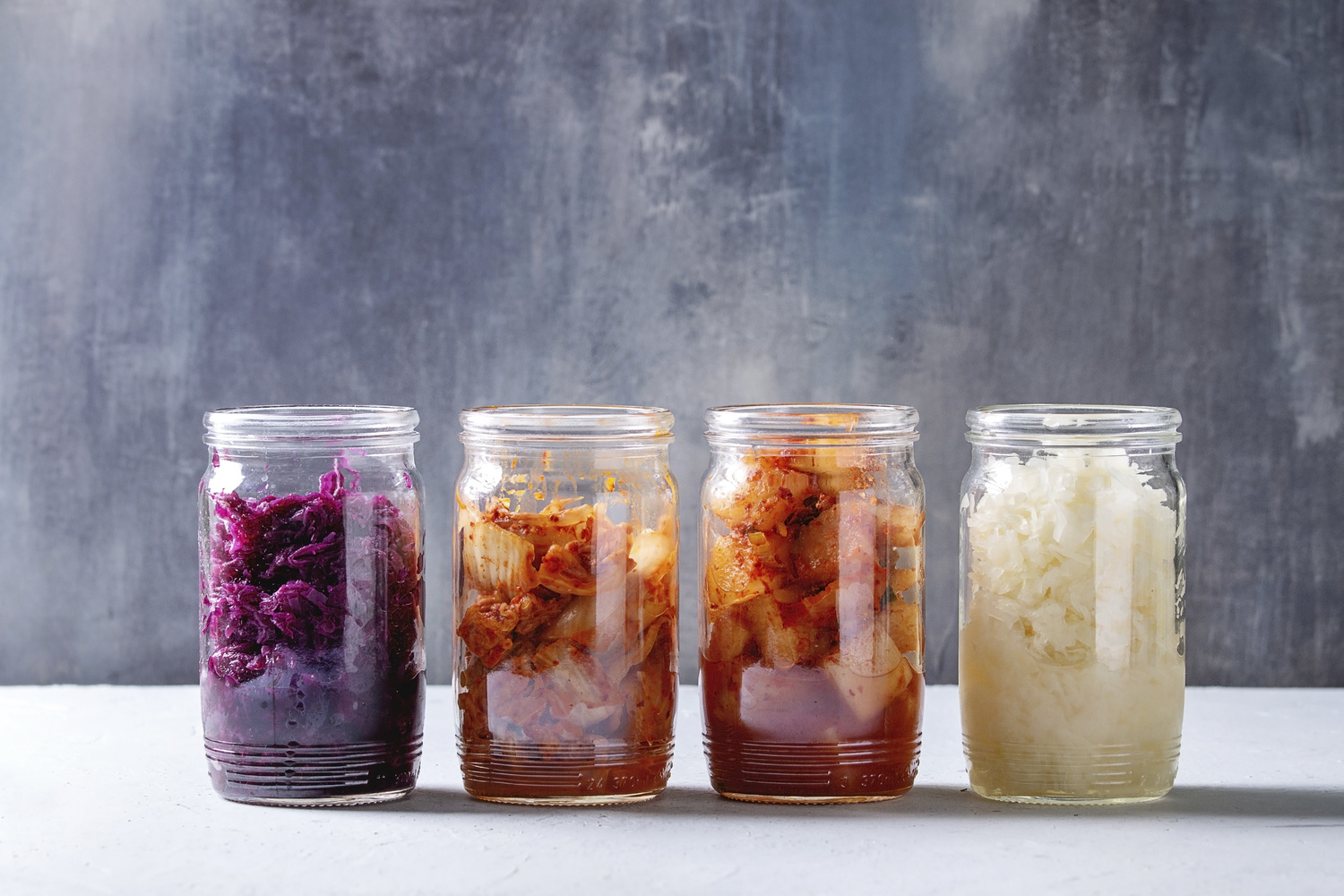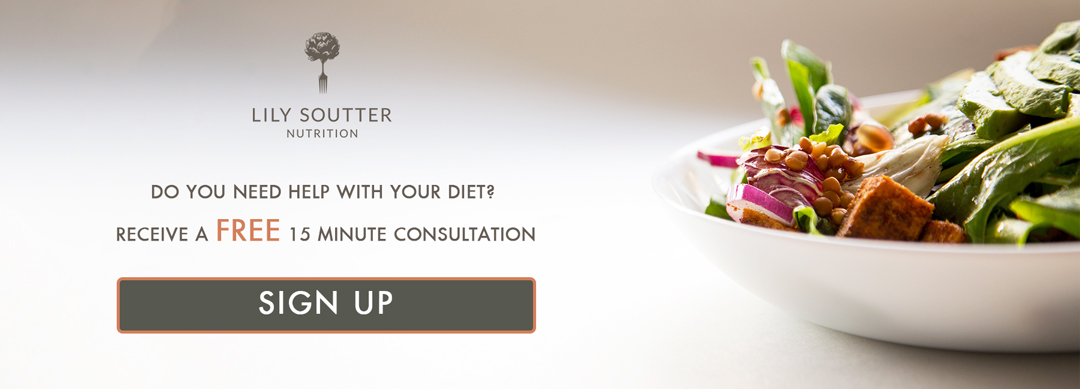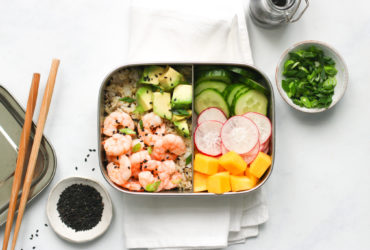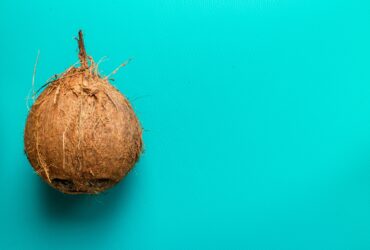If you’re wondering what the ‘must-have’ health foods are for 2020 then look no further, I’ve rounded up the 10 food trends for the year…
Do superfoods exist?
The word superfood is not a scientific term, it is, in fact, a marketing term. It is important to remember that no one food in isolation will cure a specific illness or have magical properties. Instead, superfoods can be viewed as a collection of foods which are under research due to having specific health properties or a high amount of nutrients which when consumed as part of a balanced diet can support the body in achieving better health…
1. Avocado Oil
This tasty oil has an extremely high smoke point (the point at which oil burns) so can be used for high-temperature cooking whilst keeping health properties intact. What’s more, avocado oil is a rich source of monounsaturated fats and vitamin E to support skin and heart health making it a key food trend this year!
How to use
- Use as cooking oil or drizzle over your food
2. Watermelon Seeds
High in protein and fibre making these little seeds a perfect snack to keep hunger at bay. Watermelon seeds are also mineral-rich and are a source of minerals in magnesium, potassium, iron and zinc.
How to use
- Try roasting with a sprinkle of salt. Use for snacking, sprinkling them onto salads & dips, use in recipes like homemade granola or seeded bread
3. Freekeh (pronounced freekah)
Freekeh is young durum wheat and has been dubbed as the new quinoa. In comparison to grains such as brown rice, freekeh comes with double the amount of protein and three times the amount of fibre!
How to use
- Can be used in place of brown rice or barley in dishes like risottos, tabbouleh and salads.
4. Seaweed (the new kale)
Seaweed is an extremely rich source of the mineral iodine, a critical nutrient required for optimal thyroid health and is essential for controlling our metabolism. Those following a vegan diet may be at risk for iodine deficiency and seaweed may be a fast track way of quickly increasing intake.
How to use
- Add to sushi, miso soup, salads – works will cucumber ribbons and sesame seeds, vegetable stir-fries, snack on dried seaweed, use them as a wraps
5. Cassava flour
A starchy root vegetable can be ground down to make a versatile gluten-free flour.
Cassava flour also contains a rich content of a special type of fibre called resistant starch which is the perfect fuel for our gut bacteria to flour and grow.
How to use
- All baking, however, it will not rise like wheat-based flour as it doesn’t contain gluten
6. Pork Scratchings
A new range of pork scratchings are venturing their way onto the market which have not been deep-fried but have instead been roasted or puffed without additional oil.
Because these scratchings are effectively concentrated collagen from skin, they have an amazingly high protein content which can help with satiety and benefits muscle and bone health. Two-thirds of the fat in pork scratchings is made up of mono and polyunsaturated fats which thought to beneficial to heart health.
How to use
- A high protein snack
7. Kefir
Like a drinkable yoghurt, but with a much higher probiotic content and a greater diversity of bacterial strains. Due to the widespread use of antibiotics and low fibre diets, it is thought that fermented foods may be beneficial to gut health.
How to use
- Drink from the bottle, add to smoothies, sauces or drizzle over soups. Don’t heat as it will curdle and you want to retain the probiotic properties.
8. Sauerkraut
A fermented cabbage with a tasty tangy flavour. A source of probiotic bacteria which may support digestive health, however, it’s important to note that the research in relation to consumption of fermented foods is still very much in its infancy.
How to use
- Add to salads, top onto toast or add into sandwiches

Healthy food trends
9. Montmorency Tart Cherry Juice
A rich source of the sleep hormone melatonin and possible sleep aid. Whilst larger clinical trials are needed before we can confirm effects, tart cherry juice could be worth a try if you’re struggling to sleep.
How to use
- Consume 230ml tart cherry juice each morning and evening
10. Sardines
Sardines are an oily fish and a rich source of omega 3 fats which are essential within the diet and can play a role with glowing skin, as well as a healthy brain and heart.
How to use
- Grill with a drizzle of olive oil and lemon juice, make sardine pate with Greek yoghurt, lemon and black pepper, try including into fish cakes
Lily is a London Nutritionist who graduated from Newcastle University with a BSc (Hons) degree in Food and Human Nutrition (AfN accredited) where she was awarded the Sage Faculty for Excellence Scholarship on an annual basis. She then went on to complete a 2-year post-graduate Diploma in Nutritional Therapy and is currently working towards her MSc in Nutritional Medicine (AfN accredited) at the University of Surrey. Lily’s extensive knowledge of the science of food and health, enables her to regularly write for The Times, The Telegraph, The Daily Mail, The Independent, Women’s Health and Cosmopolitan.
Her frequent TV appearances include ITV’s This Morning with Holly Willoughby and Phillip Schofield, and ITV’s primetime series Save Money: Lose Weight with Dr Ranj Singh. Lily’s passion is to simplify the science around nutrition, to provide health hacks and smarter eating strategies to empower people to enjoy a healthy and successful lifestyle. Her specialities lie in workplace wellness, implementing nutrition-focused wellbeing programmes within corporate organisations across the UK.
Lily also sees individual clients from her nutrition clinic in Chelsea, London and a private medical practice based in Notting Hill.




